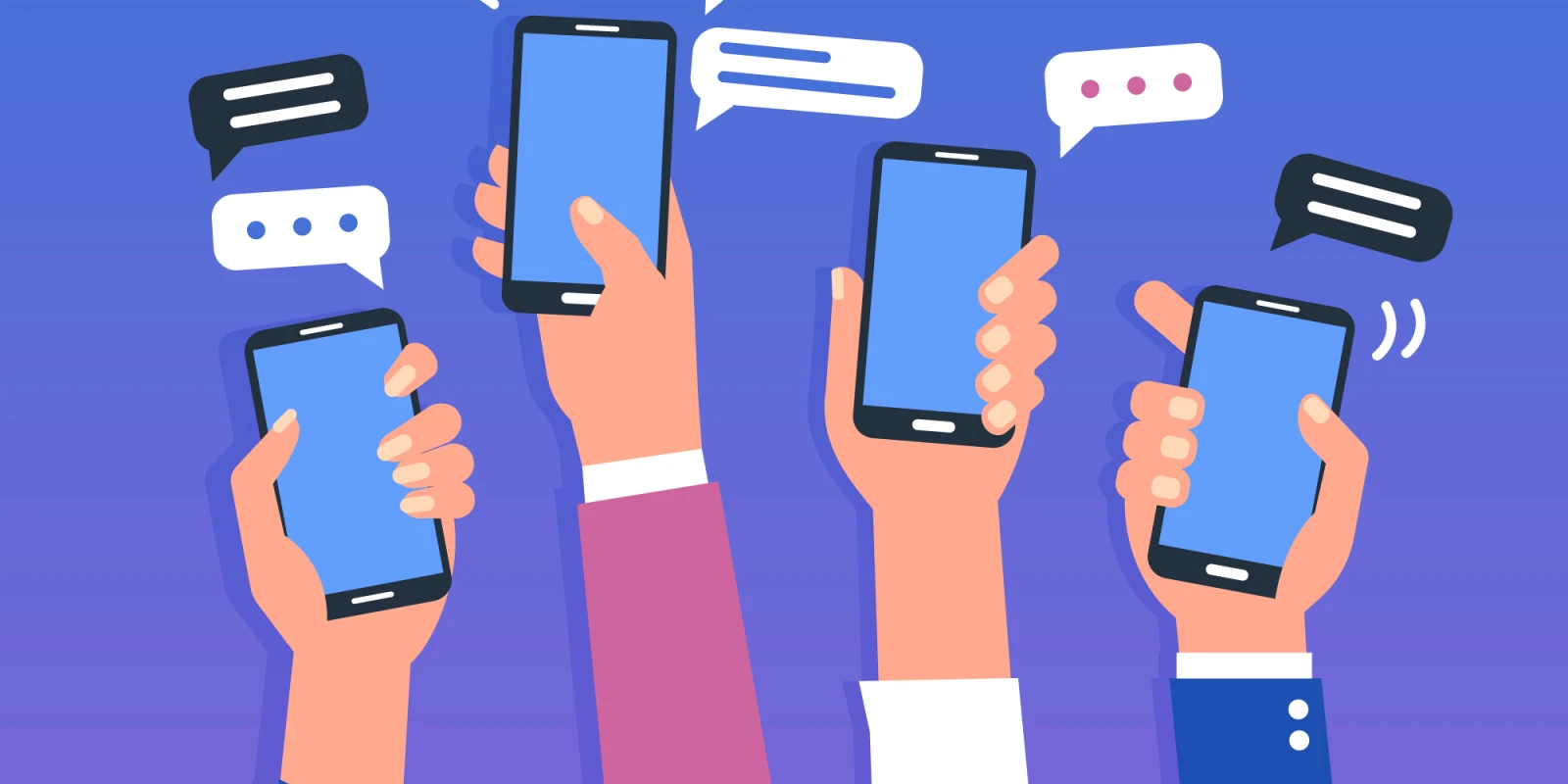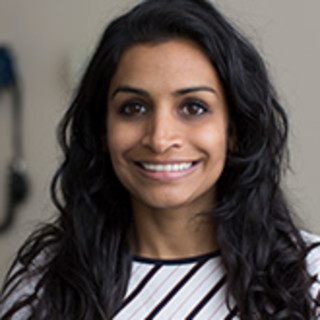
“In any given moment we have two options: to step forward into growth or step back into safety.”
— Abraham Maslow
The New York Times recently published the Op-Ed “Dr Google is a Liar,” written by cardiologist Haider Warraich, MD. Dr. Warriach describes the rise of fake medical news, and the adverse consequences of a population who gets their medical information from social media. He shares that when countering these cultural memes of medical misinformation, which stir up strong emotions in our patients, stating dry medical jargon is not effective. He found that his patient was more open to his advice when he also shared about his own father’s heart attack. Dr. Warraich wisely argues for physicians to take back control of medical news by harnessing the power of humanism and narrative medicine to become effective story-tellers.
I whole-heartedly agree with him. Let’s stop burying our heads in the sand and pretending we can convince our patients to resist Dr. Google. Let’s put ourselves back in the driver’s seat. I believe that the next generation of great doctors will be those who communicate on the Internet effectively and in a compelling enough way to sustain an audience and engender trust. In a time when trust in doctors is eroding, our patients want to see that we are human too, and to do that we need to overcome our fears of showing our humanity. We know that when doctors and nurses are burnt out, patient outcomes decline. Literature also supports that when doctors display more empathy for their patients, outcomes improve. Humanism in medicine works best when it is a two-way street, wherein our health care system treats both patients and health care workers as human beings.
I believe there’s a natural link between humanism in medicine and social media. While there has been a core group of physicians on social media for the past decade, we are now seeing it become mainstream. Through this increased visibility, physicians are using social media mobilization to organize and to advocate for better patient care and better work conditions. Last November, as a criticism to the American College of Physician’s position paper describing a public health approach to tackling gun-related deaths, the National Rifle Association tweeted that “self-important anti-gun doctors” should stay in their lane. The medical community swiftly responded with the #ThisIsMyLane campaign, rallying around their first-person, often harrowing accounts, of caring for the gunshot victims in ERs and operating rooms. Dr. Dave Morris, MD, a trauma surgeon in Utah posted a photo of his blood-soaked scrubs and said “Can’t post a patient photo, so this is a selfie. This is what it looks like to #stayinmylane”. The tweets and hashtags went viral, garnering national media attention, and physicians effectively steered the conversation.
Leo Eisenstein, a Harvard Medical Student, wrote about this in a New England Journal of Medicine Catalyst piece. He reminds us that the term “burnout” was coined by a psychologist who was caring for marginalized patients. In today’s broken health care system, clinicians are burdened by the reality that their patients are fighting socioeconomic and structural barriers that “no medicines can touch.” If both physicians and patients feel powerless against these forces, it’s not a big leap to envision physician advocacy as part of the antidote.
Part of makes what makes social media appealing is that it allows unheard voices to become public. This is crucial, particularly for physicians, with many of us working long hours providing direct face-to-face patient care, and thus not having the time for community engagement. Social media platforms have become a watering hole of sorts, where it’s okay to share your perspective as a physician. Every Sunday night, @womeninmedchat (run by Dr. Petra Dolman, MD) hosts an hour-long Twitter chat, with guest moderators facilitating conversations ranging from how to negotiate pay, navigating residency interviews, and countering burn out, all searchable under the hashtag #womeninmedicine. The Facebook group SoMeDocs (ie. Social Media Docs), founded by Dr. Dana Corriel, MD, has provided an engaging forum for physicians to discuss a variety of issues related to social media. #SoMeDocs is branching out to in-person live meet-ups aimed at building community, and advancing shared goals. For example, when Dr. Monique Tello, MD, MPH spoke out in support of vaccinations, she was targeted by anti-vaxxers online. Through the support of #SoMeDocs, Dr. Tello wrote a widely circulated blog post about online harassment and intimidation against doctors, and successfully had the fake one-star online reviews removed.
With all of this momentum, it is important to remember that social media is a public space, and it should not be used to share protected health information, or sensitive personal material. Some physicians argue that these risks mean we physicians should stay away from social media. However, with the next generation of doctors spending at least a decade of their life on Instagram and Snapchat prior to medical school, we simply cannot ignore the fact the social media has its own place in health care. Universities have been taking notice, and creating positions to legitimize social media. My own alma mater, Sidney Kimmel Medical College of Thomas Jefferson University in Philadelphia has named Dr. Austin Chiang MD, MPH as their Chief Social Media Officer. Likewise, the newly established Association for Healthcare Social Media aims to create best practices by which all health care professionals can be guided and protected in this emerging field.
I’ve met quite a few physicians who are even just one generation older than I am that are suspicious of social media. To them, it’s extra and it’s dangerous. I can’t help but wonder if there is an underlying fear that the next generation is going about things in a different way? It seems there is denial and wishful thinking; as if we can turn back the clock in time and go back to the good old days when physicians could practice medicine without the burdens of out of control billing and EMR demands. My generation has inherited the reins, and in my opinion, we got into this mess by physicians keeping themselves separate from other industries. Insurance companies took over medicine, and meanwhile, physicians were seeing patients, writing notes, and faxing orders. We assumed that if we were providing excellent patient care, the rest would fall in line, and the work would speak for itself. Fast forward, and here we are.
Part of what’s gotten us off track in medicine is the dehumanization of patients and doctors. By sharing our stories, we remind the public that we are human, too. We have successes and failures, tragedies and triumphs. We are human. I believe that doctors can serve patients, be professional, and make our opinions known. In fact, it’s our duty, and our profession depends on it.
Pooja Lakshmin, MD is a board-certified psychiatrist and Assistant Professor of Psychiatry & Behavioral Sciences at the George Washington University School of Medicine. She is passionate about women’s mental health. You can find her on twitter @PoojaLakshmin. She is a 2018–2019 Doximity Author.
Previously published on KevinMD.







